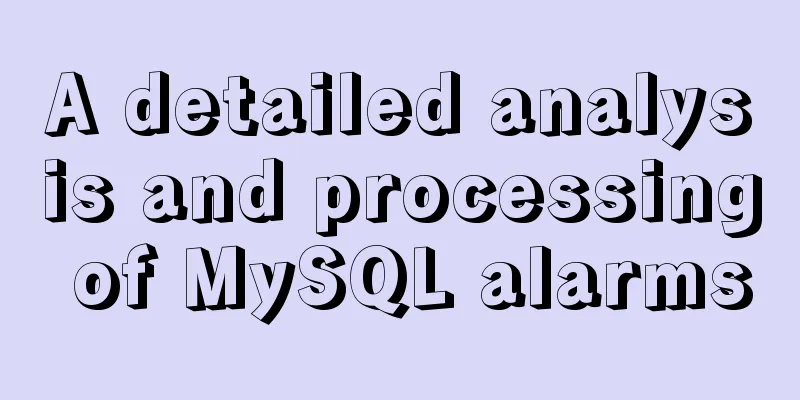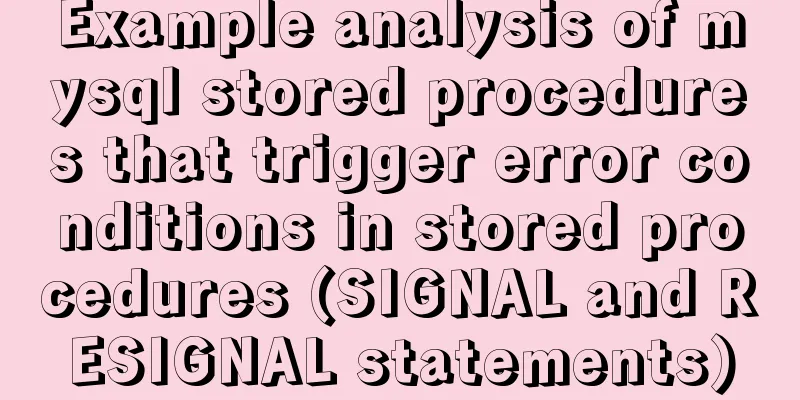Jenkins builds Docker images and pushes them to Harbor warehouse

|
The spring boot project uses Jenkins to build a Docker image, push it to the harbor repository, start the container, and then pull the image to the local running container. DockerfileLocation: in the root directory, at the same level as src FROM java:8 # Author: MAINTAINER zhaoyc VOLUME /tmp #ARG JAR_FILE #Add the jar package to the container and rename it to app.jar ADD target/*.jar app.jar RUN bash -c 'touch /app.jar' ENV TZ=Asia/Shanghai #RUN ln -snf /usr/share/zoneinfo/$TZ /etc/localtime && echo $TZ > /etc/timezone EXPOSE 81 #CMD ["-jar", "/app.jar"] "nohup" "&" ENTRYPOINT ["java","-Djava.security.egd=file:/dev/./urandom","-jar","/app.jar"] pom.xmlTo specify the Maven version number as 1.4.2, other versions have not been tested, otherwise the main-class cannot be found <plugins> <!-- mavn jar package startup plug-in --> <plugin> <groupId>org.springframework.boot</groupId> <artifactId>spring-boot-maven-plugin</artifactId> <version>1.4.2.RELEASE</version> </plugin> </plugins> Jenkins Configuration System settings configuration docker – need to install Docker plugin
Create a new Maven project configuration parameter build
Project git repository configuration
mvn build buile configuration
Build the Docker image and push it to the repository configuration
Execute the script after pushing to the repository
#!/bin/bash
#IMAGE=${module_filename}
#TAG=${Tag}
IMAGE=$1
TAG=$2
PULL_IMAGE=192.168.1.100:81/project/${IMAGE}:${TAG}
# Calculate subtraction and output with 0 in front of the decimal point, such as 0.3-0.1=0.2
CURRENT_IAMGE=`echo "$TAG - 0.1" | bc | awk '{printf "%.1f", $0}'`
echo '================Start logging into Harbor warehouse================'
docker login http://192.168.1.100:81 -u admin -p Harbor12345
if [ $? -eq 0 ]; then
echo '================Login successful================='
else
echo '================Login failed================='
return 1
fi
echo '================Start pulling image================'
docker pull ${PULL_IMAGE}
echo '================End of pulling image================'
# Update container operation echo '================Stop running the image================'
docker stop ${IMAGE}_${CURRENT_IAMGE}
echo "wait 10 seconds"
sleep 10
echo '================Start starting mirror================'
#if [ ${IMAGE} == "java-demo" ]; then
# docker run -d --name ${IMAGE}_${TAG} -p 9001:9001 ${PULL_IMAGE}
#elif [ ${IMAGE} == "spring-cloud-eureka-client-demo" ]; then
# docker run -d --name ${IMAGE}_${TAG} -p 9012:9012 ${PULL_IMAGE}
#fi
docker run -d --name ${IMAGE}_${TAG} -p 9001:9001 ${PULL_IMAGE}
if [ $? -eq 0 ]; then
echo '================Mirroring started successfully================'
else
echo '================Mirror startup failed================'
return 1
fi
This is the end of this article about how Jenkins builds Docker images and pushes them to the Harbor repository. For more information about how Jenkins builds Docker images, please search for previous articles on 123WORDPRESS.COM or continue to browse the following related articles. I hope you will support 123WORDPRESS.COM in the future! You may also be interested in:
|
<<: Prometheus monitors MySQL using grafana display
>>: HTML form application includes the use of check boxes and radio buttons
Recommend
A brief discussion on how to write beautiful conditional expressions in JS
Table of contents Multiple conditional statements...
JS implements sliding up and down on the mobile terminal one screen at a time
This article shares with you the specific code of...
JavaScript Regular Expressions Explained
Table of contents 1. Regular expression creation ...
Record the process of connecting to the local Linux virtual machine via SSH
Experimental environment: Physical machine Window...
Linux RabbitMQ cluster construction process diagram
1. Overall steps At the beginning, we introduced ...
Detailed explanation of the principles and usage of MySQL stored procedures
This article uses examples to explain the princip...
A brief analysis of the tutorial on installing MySQL 8.0.18 on CentOS 6.8 (RPM method)
Today, I will record how to install MySQL 8.0.18 ...
Javascript Bootstrap's grid system, navigation bar and carousel detailed explanation
Table of contents Introduction to bootstrap and i...
Detailed explanation of the idea of querying the difference between hourly data and last hourly data in MySQL
1. Introduction The requirement is to obtain the ...
Simple implementation of vue drag and drop
This article mainly introduces the simple impleme...
How to choose the format when using binlog in MySQL
Table of contents 1. Three modes of binlog 1.Stat...
Detailed tutorial on installing mysql 8.0.13 (rpm) on Centos7
yum or rpm? The yum installation method is very c...
Detailed explanation of SRIOV pass-through configuration and performance testing based on KVM
SRIOV introduction, VF pass-through configuration...
How to set the width attribute to the style of the span tag
If you directly set the width attribute to the sty...
Explanation of the working principle and usage of redux
Table of contents 1. What is redux? 2. The princi...














